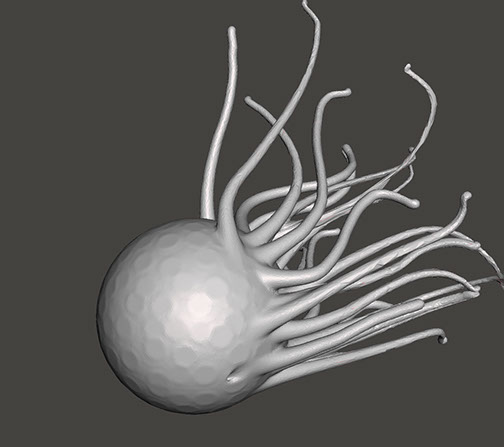Species: Turritopsis Dohrnii
Student: KeAnthony Thompson
Information:
Turritopsis Dohrnii, more commonly known as the Immortal Jellyfish, is a phytoplankton. This means that it is an organism that feeds on other organisms to create energy. This phytoplankton is quite miraculous. The Turritopsis Dohrnii has some very unique traits. It is primarily located in the Mediterranean Sea and in the waters surrounding Japan. It is a bell-shaped organism that is usually no bigger then 5 millimeters in diameter. As young, they are usually no larger then 1 millimeter. The jelly of the jellyfish is quite thin and translucent, except for near the apex of its “head”. It allows its bright red stomach to be seen through it. Young Turritopsis Dohrnii, also known as polyps, have only about 8 thin tentacles whereas an adult can have as many as 90 tentacles. They are able to survive in temperatures ranging between 14 degrees Celsius to 25 degrees Celsius.
Most jellyfish species have a fixed life-span that range from a few hours to many months. However, Turritopsis Dohrnii are nicknamed the immortal jellyfish for a reason. This species is one of very few known organisms that has the ability to return to its polyp state through a special transformation process called transdifferentiation. The process changes the differentiated state of cells and transforms them into new types of cells. Research studies show that there seems to be no limit to how many times the organism can perform this procedure. However, they can still die. They usually become prey to another species or succumb to disease while performing the process.
